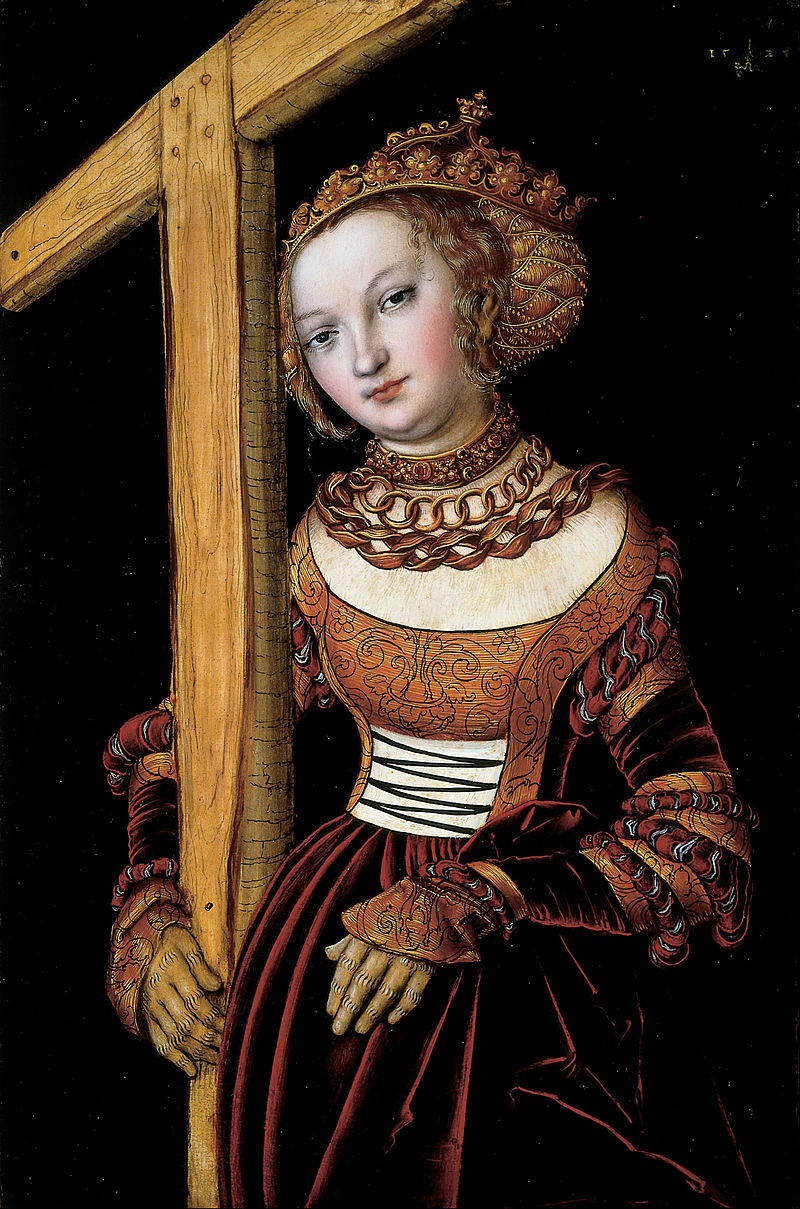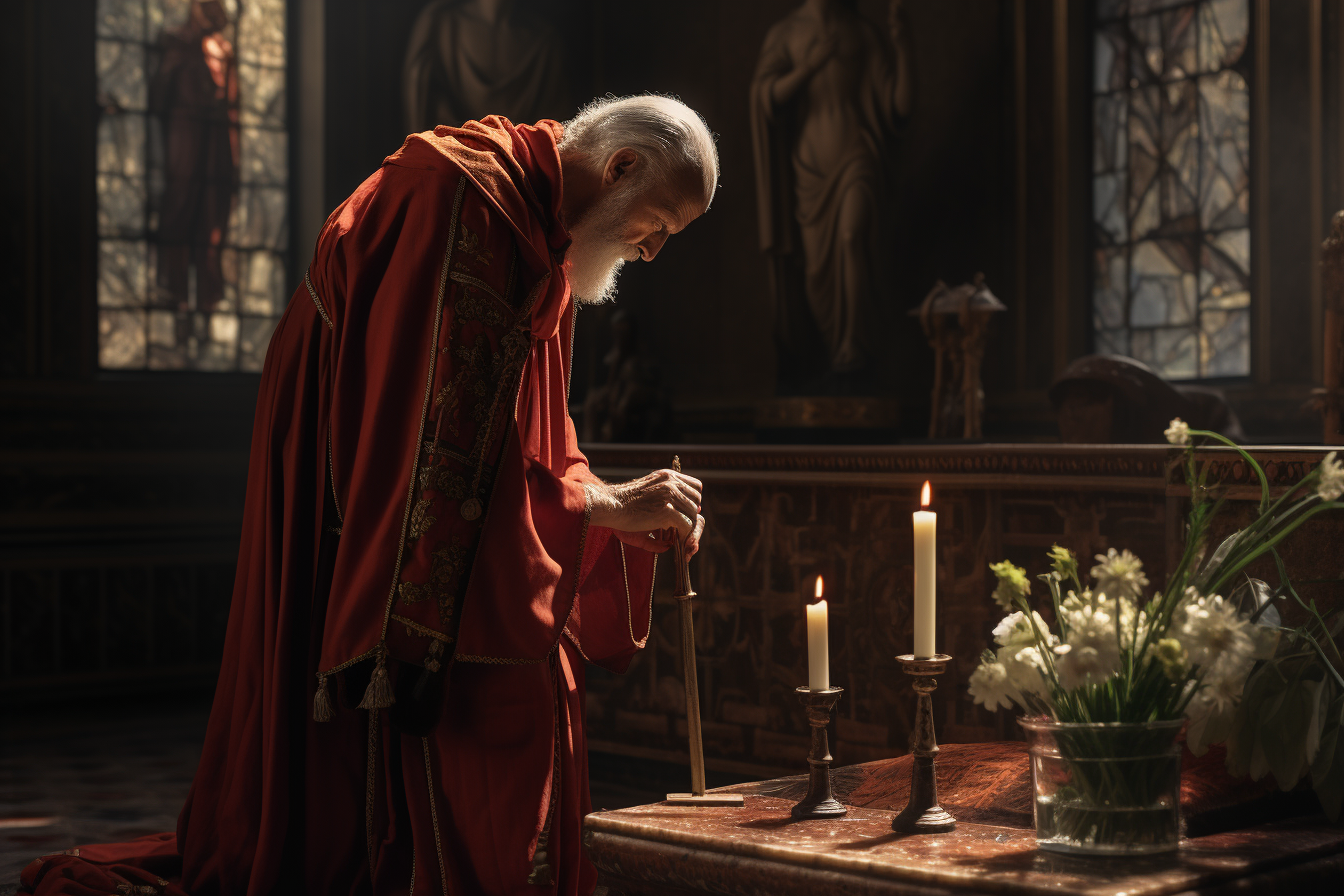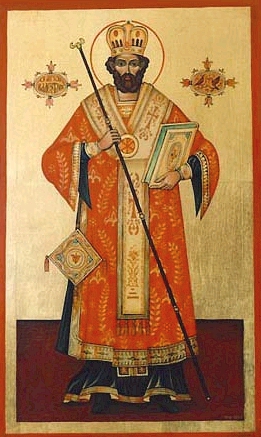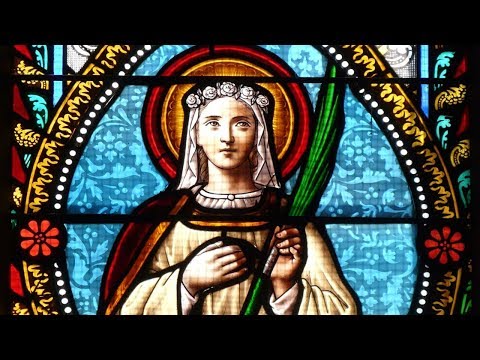When She Lived:
Saint Elizabeth Ann Seton was born on August 28, 1774, and she passed away on January 4, 1821.
Where She Lived:
Elizabeth Ann Seton lived primarily in the United States, with significant periods in New York and Maryland. She was born in New York City and later lived in Emmitsburg, Maryland, where she founded the first American congregation of religious sisters, the Sisters of Charity.
Notable World Events During Her Life:
- American Revolution (1775-1783): Elizabeth Ann Seton was a young child during the American Revolution, a period marked by the Thirteen Colonies’ struggle for independence from British rule. The war had significant impacts on the social and political landscape of the United States.
- Napoleonic Wars (1803-1815): Seton lived during the tumultuous Napoleonic Wars, which had far-reaching consequences across Europe and beyond. These conflicts reshaped the geopolitical landscape and had economic and social ramifications worldwide.
- Lewis and Clark Expedition (1804-1806): While Elizabeth Ann Seton didn’t directly participate in this historic expedition, it’s worth noting that it occurred during her lifetime. Meriwether Lewis and William Clark’s exploration of the American West opened up new frontiers and expanded knowledge of the continent.
- Industrial Revolution: Seton witnessed the early stages of the Industrial Revolution, a period of rapid industrialization, technological advancement, and urbanization. These changes brought both opportunities and challenges to society, transforming the way people lived and worked.
Her Patronage:
St. Elizabeth Ann Seton is the patron saint of several important causes:
- Catholic Schools: She established the first Catholic parochial school in the United States, laying the foundation for Catholic education in the country.
- Widows: Seton herself was a widow with five children when she converted to Catholicism and became a nun. Her life serves as an inspiration to widows and single parents.
- Homeless People: She showed great compassion for the less fortunate, particularly the poor and the homeless. Her charitable work continues to inspire efforts to help those in need.
- Loss of Parents: As someone who lost her mother at a young age, she is also considered a patron for those who have lost their parents.
Early Life
Elizabeth Ann Bayley Seton was born in New York on August 28th, 1774. She was the second child born to her parents. When Elizabeth’s mother died after giving birth to her third child, her stepmother often took Elizabeth along with her for charitable rounds. They visited the poor frequently and offered them food and other necessities.
Despite having a high social background, Elizabeth led a simple, quiet life. As she got a bit older, the Bible became her regular source of comfort, instruction, and guidance.
Marriage and Loss
In 1794, Elizabeth married William Seton. The first years of their marriage were blissful and full of good fortune. However, the bliss was abruptly cut short by a string of deaths and partings with loved ones.
Her father was the first to go, leaving the young couple alone to care for the family and its business. Then her husband fell ill, and his business failed. He had to file a bankruptcy petition, and as a final move to save William’s health, the couple left for Italy, where they had friends.
Sadly, William passed away in Italy from tuberculosis. The sole consolation Elizabeth held on to was that her beloved had found God just before his death.
Call to Dedication and Devotion
These numerous losses due to death and distance drew Elizabeth closer to God. The acquiescence and acceptance of God’s Will would become an essential and defining theme in her spiritual life. In due course, her profound concern for the spiritual wellbeing of her friends and family led her to the Catholic Church in Italy. Over a period of months, she was guided in the Catholic way by her Italian friends. Her courtesy, patience, and kindness endeared her to all.
Legacy
In 1805, Elizabeth became an official member of the Catholic Church. She founded the first free Catholic school in America with help from two women in her sisterhood, the Sisters of Charity. Then On March 25, 1809, Elizabeth Seton took her vows of chastity, obedience, and poverty. From then on, she was known as Mother Seton.
Even when she was stricken with tuberculosis, she kept on offering guidance to her children. In 1812, ‘The Rule of the Sisterhood’ was officially ratified. It followed the same rule St. Vincent de Paul had composed for his ‘Daughters of Charity’ in France.
By 1818, the sisters had established two orphanages and another school in addition to their first school. Today, there are six groups of sisters that can trace their origins to the first sisterhood formed by Mother Seton.

Death and Canonization
During the last three years of her life, Elizabeth was certain God was going to call her home, and this filled her with immense joy. Mother Seton passed away at the age of 46 on the 4th of January, 1821, in Emmitsburg, Maryland, United States. She is buried in the National Shrine of Saint Elizabeth Ann Seton in Emmitsburg, Maryland.
She was beatified by Pope John XXIII on March 17, 1963, and canonized on September 14, 1975, by Pope Paul VI.
5 Interesting Facts About St. Elizabeth Ann Seton
- Did you know the feast day of Mother Seton is January 4th?
also coincides with the eleventh day of Christmastide as well as
the anniversary of her death? - While alive, Mother Seton’s favorite prayer was the 23rd Psalm.
- Did you know Saint Seton was inducted into the National Women’s
Hall of Fame in 1979? - Did you know there are over 40 churches named after St. Seton?
states of the United States, as well as in Canada and Italy? - Mother Seton is known as the patron saint of widows and seafarers.
A Prayer for St. Elizabeth Ann Seton
Lord God, thank you for blessing Saint Elizabeth Ann Seton with great faith, hope, joy, and charity. I pray that her timeless example will guide me. I look at her humility to help me accept your will for my life. Let her grateful heart remind me to thank you for the joys and challenges of life. May her courage and perseverance inspire me to serve others, our church, and our country. Thank you, God, for Elizabeth Bayley Seton ,a loving and glorious saint who is always by our side. Elizabeth Ann Seton, pray for us. Amen.
source:[http://www.srcharitycinti.org/news_events/EASprayer.htm]{.ul}















